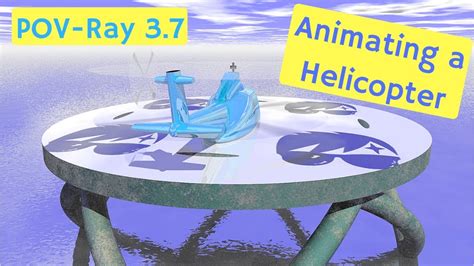For many computer graphics enthusiasts, POV-Ray is more than just a software; it’s a gateway to the memories of a time when 3D rendering was a labor of love fueled by curiosity and creativity. Despite its age, POV-Ray still evokes a considerable amount of nostalgia amongst its users. The Persistence of Vision Raytracer (POV-Ray) debuted in a world where high-end graphics were accessible only to those with either the financial means or the technical know-how to transform simple text scripts into stunning visual art. In its prime, communities would gather on forums to share their renderings, pushing the boundaries of what was possible at the time.
One of the hallmarks of POV-Ray is its procedural generation and script-based interface. Unlike modern graphical user interfaces that dominate the 3D rendering field, POV-Ray’s reliance on scripting adds a layer of complexity and flexibility that many users found liberating. For instance, you could define a scene using straightforward syntax:sphere { <0, 0, 0>, 1 texture { pigment { color rgb <1, 0, 0> } } }
This code snippet would create a simple red sphere at the center of the coordinate system. Such functionality made it possible for users to write intricate, highly customizable scenes using nothing but a text editor. This unorthodox method of scene description has left a lasting impression on those who took the time to master it, teaching them valuable programming concepts along the way.
The camaraderie and competition fostered by the Internet Ray Tracing Competition (IRTC) are also part of POV-Ray’s rich history. As one user reminisced, the competition allowed them to test their skills and creativity against others across the globe. Many of the submissions to the IRTC were produced using POV-Ray, solidifying its place in the 3D rendering community. Enthusiasts would leave their computers running overnight, eagerly awaiting the final render, sometimes only to be woken up by loud fan noises or computer alarms indicating the intense calculations underway.
Technological constraints at the time meant that rendering even the simplest scenes could take hours, if not days. Commenters fondly recall leaving their computers running all night to render 320×240 images. Some enthusiasts went as far as repurposing university workstations or building homebrew HPC clusters to speed up the arduous rendering process. This dedication reflects the passion that POV-Ray has inspired in its community. The absence of hardware-accelerated ray tracing in early years made every rendered image a badge of honor, earned through persistence and ingenuity.
In the face of modern advancements, POV-Ray still retains a unique charm. While many current renderers make extensive use of GPU computation for impressive speed and realism, POV-Ray’s CPU-centric approach serves as a bridge to the past, providing users with the pure, unadulterated experience of crafting 3D scenes from scratch. It stands as a testament to an era where graphics were as much about the journey as they were about the end result. For those who cut their teeth on this software, it will always hold a special place in their hearts, a symbol of the joys and challenges of early computer graphics exploration. As one commenter aptly put it, even as games and rendering software have become more sophisticated, there’s a sense of achievement in seeing simple lines of code transform into complex visual art—a sense of magic that modern tools can sometimes obscure.


Leave a Reply